
100 Landscapes of Japan (Shōwa era)
Encyclopedia
The is a list of famous scenic sites in Japan
. The 100 Landscapes or Views were selected alongside further sets of 8 Views and 25 Winning Sites in 1927, a year after Hirohito
became Emperor
. The selection was intended to 'reflect the new taste
of the new era
'. The nomination and voting process was sponsored by the Tokyo Nichi Nichi Shimbun
and Osaka Mainichi Shimbun.
The landscapes or views are divided into eight classes (1) Coastlines (2) Lakes (3) Mountains (4) Rivers (5) Gorges (6) Waterfalls (7) Onsen (8) Plains. Many of these landscapes are now included within Japan's National Parks.
Japan
Japan is an island nation in East Asia. Located in the Pacific Ocean, it lies to the east of the Sea of Japan, China, North Korea, South Korea and Russia, stretching from the Sea of Okhotsk in the north to the East China Sea and Taiwan in the south...
. The 100 Landscapes or Views were selected alongside further sets of 8 Views and 25 Winning Sites in 1927, a year after Hirohito
Hirohito
, posthumously in Japan officially called Emperor Shōwa or , was the 124th Emperor of Japan according to the traditional order, reigning from December 25, 1926, until his death in 1989. Although better known outside of Japan by his personal name Hirohito, in Japan he is now referred to...
became Emperor
Emperor of Japan
The Emperor of Japan is, according to the 1947 Constitution of Japan, "the symbol of the state and of the unity of the people." He is a ceremonial figurehead under a form of constitutional monarchy and is head of the Japanese Imperial Family with functions as head of state. He is also the highest...
. The selection was intended to 'reflect the new taste
Taste (sociology)
Taste as an aesthetic, sociological, economic and anthropological concept refers to a cultural patterns of choice and preference. While taste is often understood as a biological concept, it can also be reasonably studied as a social or cultural phenomenon. Taste is about drawing distinctions...
of the new era
Showa period
The , or Shōwa era, is the period of Japanese history corresponding to the reign of the Shōwa Emperor, Hirohito, from December 25, 1926 through January 7, 1989.The Shōwa period was longer than the reign of any previous Japanese emperor...
'. The nomination and voting process was sponsored by the Tokyo Nichi Nichi Shimbun
Tokyo Nichi Nichi Shimbun
The Tokyo Nichi Nichi Shimbun was a newspaper printed in Tokyo, Japan from 1872 to 1943.In 1875, the company began the world's first newspaper delivery service....
and Osaka Mainichi Shimbun.
The landscapes or views are divided into eight classes (1) Coastlines (2) Lakes (3) Mountains (4) Rivers (5) Gorges (6) Waterfalls (7) Onsen (8) Plains. Many of these landscapes are now included within Japan's National Parks.
Eight Views
| Landscape | Prefecture | Class | Image | National Park |
|---|---|---|---|---|
| N/A | ||||
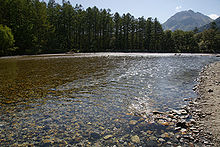 |
||||
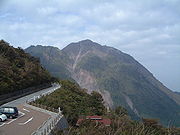 |
||||
| N/A |
Twenty-Five Winning Sites
| View | Prefecture | Class | Image | National Park |
|---|---|---|---|---|
| N/A | ||||
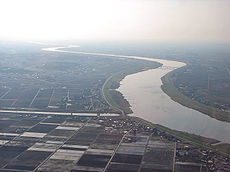 |
||||
 |
||||
 |
||||
| N/A | ||||
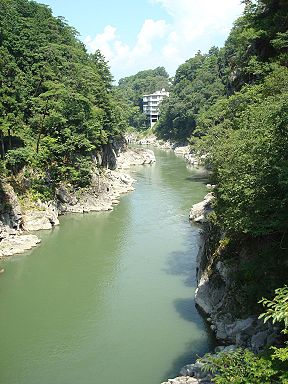 |
||||
 |
N/A | |||
| N/A | ||||
 |
||||
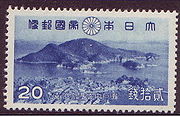 |
||||
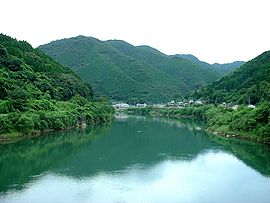 |
N/A | |||
100 Views
| View | Prefecture | Class | Image | National Park |
|---|---|---|---|---|
 |
||||
| N/A | ||||
| N/A | ||||
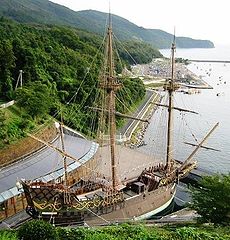 |
||||
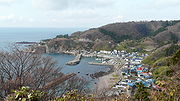 |
||||
| N/A | ||||
| N/A | ||||
| N/A | ||||
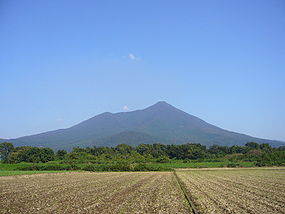 |
||||
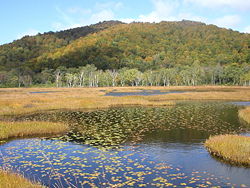 |
||||
 |
N/A | |||
 |
||||
| N/A | ||||
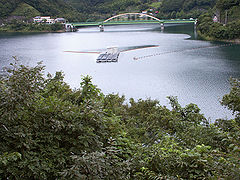 |
||||
| N/A | ||||
| N/A | ||||
| N/A | ||||
| N/A | ||||
| N/A | ||||
| N/A | ||||
 |
N/A | |||
| N/A | ||||
| N/A | ||||
| N/A | ||||
| N/A | ||||
| N/A | ||||
| N/A | ||||
| N/A | ||||
| N/A | ||||
| N/A | ||||
| N/A | ||||
| N/A | ||||
| N/A | ||||
| N/A | ||||
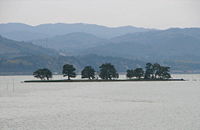 |
N/A | |||
| N/A | ||||
| N/A | ||||
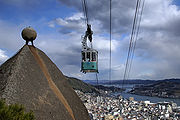 |
N/A | |||
| N/A | ||||
 |
||||
| N/A | ||||
| N/A | ||||
| N/A | ||||
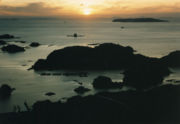 |
||||
| N/A | ||||
See also
- 100 Landscapes of Japan (Heisei era)100 Landscapes of Japan (Heisei era)In 2009, in celebration of its 135th anniversary, the Yomiuri Shimbun formed a selection committee and, together with its readers, selected the . Three hundred sites were nominated and more than 640,000 votes were collected during the selection process...
- Three Views of JapanThree Views of JapanThe is the canonical list of Japan's three most celebrated scenic sights, attributed to 1643 and scholar Hayashi Gahō. The views are of the eponymous pine-clad islands of Matsushima in Miyagi Prefecture; the pine-clad sandbar of Amanohashidate in Kyoto Prefecture; and Itsukushima Shrine in...
- 100 Soundscapes of Japan100 Soundscapes of JapanIn 1996, as part of its efforts to combat noise pollution and to protect and promote the environment, the Ministry of the Environment designated the . 738 submissions were received from all over the country and the 100 'best' were selected after examination by the Japan Soundscape Study Group...
- Tourism in JapanTourism in JapanTourism in Japan attracted 8.3 million foreign visitors in 2008, slightly more than Singapore and Ireland. Japan has 16 World Heritage Sites, including Himeji Castle and Historic Monuments of Ancient Kyoto . Kyoto receives over 30 million tourists annually...
- MeishoMeishoare sites in Japan which are famous for their associations with specific poetic or literary references. Used in conjunction with utamakura, meisho add layers of allusion to poetry and literary and dramatic works which would not otherwise be present....

